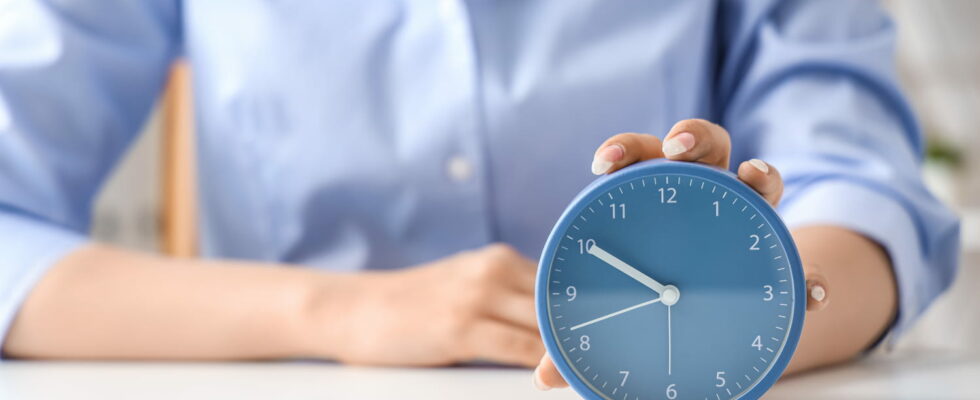Right now, many people are feeling tired at work or demotivated by their professional life. For some, this is probably a temporary slump. For others, it may be a sign of a deeper malaise, suggestive of professional exhaustion (translated by the anglicism “burn-out”). Women in particular because they are twice as likely to suffer from it compared to men.We may now be facing an epidemic of work fatigue“, we can read in the results ofa study Belgian, which reports that the number of workers on the verge of burnout has increased by 60% since the Covid pandemic in 2020. Burnout can be avoided, provided you react quickly and well.
To prevent this overwork, two American sisters, Amelia and Emily Nagosaki, one a scientist and the other a conductor, have developed what they call “the 42% rule.”This is obviously not a miracle solution to definitively prevent burnout, but simply a point of reference to become aware of the limits that we should set in our professional life.” to be more fulfilled. This rule, which looks like a mathematical formula, is nevertheless very easy to put in place and is not tedious. It simply consists of devoting 42% of our time to physical and mental rest. Over a 24-hour day, this represents 10 hours. In concrete terms, every day we must:
- Sleep 8 hours
- Do 30 minutes of physical activity
- Enjoy our dinner for 30 minutes
- Spend 30 minutes on social interactions (a discussion with our partner, a call to a friend, etc.)
- Dedicate 30 minutes to something that makes us feel good (reading a book, watching a series, painting, etc.)
This leaves 14 hours to fit in your work day and various daily tasks (transport, shopping, housework, meal preparation, washing, etc.), which allows for a good distribution of “obligatory things/fulfilling things”.
“Everyone can be affected by burnout, whatever the job and sector of activity, even if there are certain risk factors: work overload, pressure, loss of meaning, low rewards, isolation and successive reorganizations within the company…” psychologist Magali Manzano told us in a previous interview. If despite the 42% technique, you still feel bad, you should not hesitate to ask for help and consult your doctor or occupational health.
